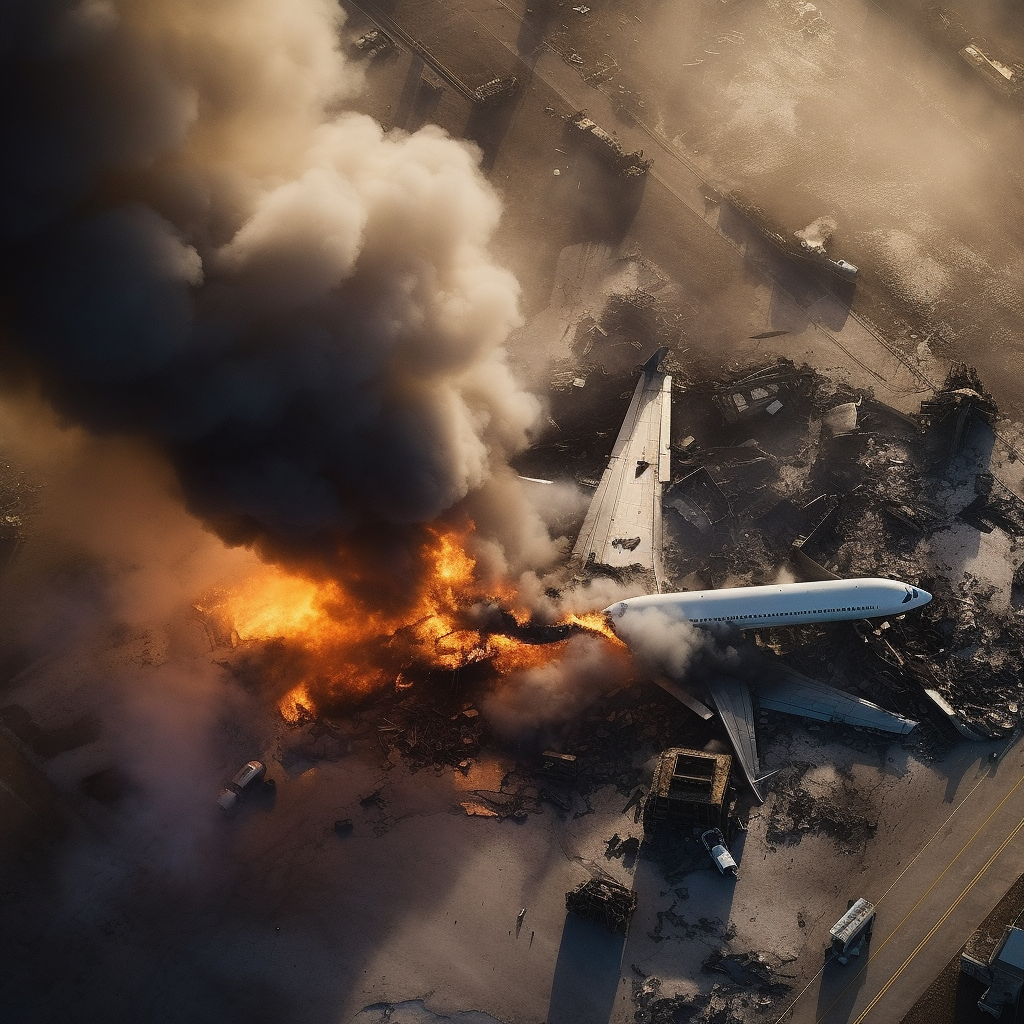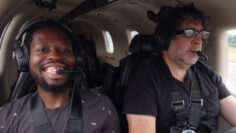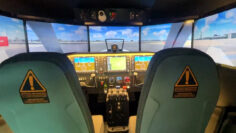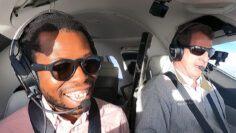The Worst Plane Crash in History

The horrifying spectre of plane crashes stands as a grim chapter in the annals of aviation. These catastrophic events are the dread of travellers everywhere, resulting in colossal losses of human lives and tangible assets. To mitigate these unfortunate occurrences, industry professionals and aviation bodies tirelessly investigate the circumstances leading to such accidents. The primary goal is to unpack the intricacies of these calamities, implementing preventative measures to enhance the safety of aviation. In this exploration, we will delve into the most catastrophic plane crash on record, scrutinizing the events that unfolded, the subsequent investigation, and the momentous reforms that ensued in the aviation sector.
Unravelling Aircraft Accidents
An aeroplane crash involves more than a disastrous calamity with an aircraft. It’s a complex interplay of elements that go far beyond the surface. Aircraft accidents can be classified into various types, such as incidents, accidents, and collisions. Potential issues range from human error to mechanical glitches, inclement weather conditions, or external hazards. Therefore, dissecting the lead-up to a crash is a crucial step towards its prevention. Aviation safety experts investigate these accidents with the aim of identifying the root causes, recognizing potential safety gaps, and proposing corrective measures. In doing so, they are able to refine aspects of aviation like aircraft design, pilot training, air traffic control systems, and safety protocols.

Remembering the Most Catastrophic Plane Crash in History
The deadliest aviation disaster occurred on March 27, 1977, on the scenic Spanish island of Tenerife in the Canary Islands. Two Boeing 747 planes—one from KLM and the other from Pan Am—collided on the runway at Los Rodeos Airport (now Tenerife North Airport). This tragic event resulted in an overwhelming loss of 583 lives, making it the deadliest aviation accident ever recorded. A convergence of unfavourable circumstances and miscommunications culminated in this tragic event. A bomb explosion at Gran Canaria Airport had caused several flights to be rerouted to Tenerife, leading to significant congestion. Compounding this was intense fog, which drastically impaired visibility, posing a challenge for air traffic controllers managing the heightened traffic. Amid this confusion, the KLM pilot, mistakenly thinking he had clearance for takeoff, started accelerating down the runway. Concurrently, due to a misunderstanding of taxiing instructions, the Pan Am aircraft was still on the runway and unable to vacate the path promptly. The KLM plane collided with the Pan Am aircraft, causing an immense explosion and inferno. The ensuing investigation identified various contributing factors to the disaster, including poor visibility, communication failures between the pilots and air traffic control, and the premature takeoff initiated by the KLM pilot. As a consequence, aviation regulations and practices underwent significant reforms, with a focus on improving communication protocols, reinforcing runway safety procedures, and enhancing crew resource management training.
A Glimpse at Other Notorious Plane Crashes
The Tenerife disaster stands as the deadliest, but other aviation tragedies have also significantly impacted the industry. Consider the Air France Flight 4590 accident on July 25, 2000. The Paris to New York Concorde flight ran over debris on the runway, triggering a catastrophic failure. The crash led to the death of all 109 people onboard and four individuals on the ground. This incident initiated a temporary suspension of Concorde flights and triggered substantial safety design changes. Similarly, the Japan Airlines Flight 123 accident on August 12, 1985, sent shockwaves through the world. A mechanical malfunction led to a loss of hydraulic control, causing the Boeing 747 to crash into a mountain and resulting in the death of 520 people. This accident instigated significant improvements in maintenance procedures, inspection protocols, and training methods to avert similar mechanical mishaps in the future. Though these crashes occurred under different circumstances, they serve as stark reminders of the importance of aviation safety. The in-depth investigations and ensuing alterations made in response to these accidents have contributed significantly to advancements in aircraft design, pilot training, maintenance routines, and overall safety standards.
Common Queries about Aircraft Crashes
FAQ 1: What are my odds of surviving a plane crash?
Several variables determine whether one can survive a plane crash – the nature of the accident, the intensity of impact, and the effectiveness of safety measures in place. Despite their fear-inducing reputation, plane crashes are infrequent, and survival rates have significantly improved over the years. This can be attributed to advancements in aircraft design, improved emergency procedures, and enhanced cabin safety features. Simple things, like adhering to safety instructions, fastening seat belts, and knowing where emergency exits are, can increase your chances of survival.
FAQ 2: How does the investigation process of a plane crash work?
Investigating a plane crash is a meticulous process that involves specialized agencies like the National Transportation Safety Board (NTSB) in the United States and the Air Accidents Investigation Branch (AAIB) in the United Kingdom. Investigators gather evidence, recreate the sequence of events, study flight data recorders (commonly known as ‘black boxes’), interview witnesses, and run laboratory tests. The goal? To pinpoint the root causes of the crash and suggest recommendations to prevent future incidents.
FAQ 3: What measures exist to prevent plane crashes?
A host of measures have been put in place to avert plane crashes and enhance aviation safety. These include comprehensive pilot training and certification programs, strict aircraft maintenance and inspection procedures, efficient air traffic control systems, regular safety audits and assessments, adherence to aviation regulations and standards, ongoing R&D of safety technologies, and industry-wide collaboration to share best practices and lessons learned from past accidents.
Analyzing aircraft crashes is integral to enhancing aviation safety and preventing future tragedies. The Tenerife disaster, the most devastating plane crash in history, underscores the catastrophic repercussions that can ensue from a combination of unfortunate events, communication breakdowns, and deficient safety procedures. Learning from these occurrences, aviation authorities, airlines, and industry professionals have dedicated themselves to fortifying safety regulations, refining aircraft design, and improving operational procedures. The continual learning from such incidents and the adherence to the highest aviation safety standards is of utmost importance.
Get Engaged
Share your experiences: Do you have personal experiences related to aviation or aeroplane crashes? If you have opinions, questions, or additional insights on aeroplane crashes and aviation safety, we encourage you to share them in the comments. Further your knowledge: Interested in the realm of aviation? Check out our recent article, “Learning to Fly: An Introduction to Flight School,” filled with useful insights for aspiring pilots and aviation enthusiasts. With this in-depth exploration, we hope to have given you a comprehensive understanding of aeroplane crashes—the causes, the ensuing investigations, the learned lessons, and the constant pursuit of aviation safety. Until next time, may your skies be safe and clear!






